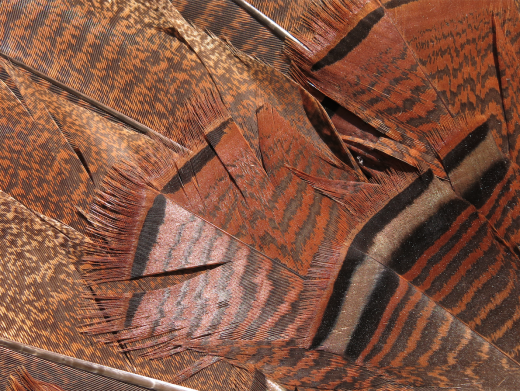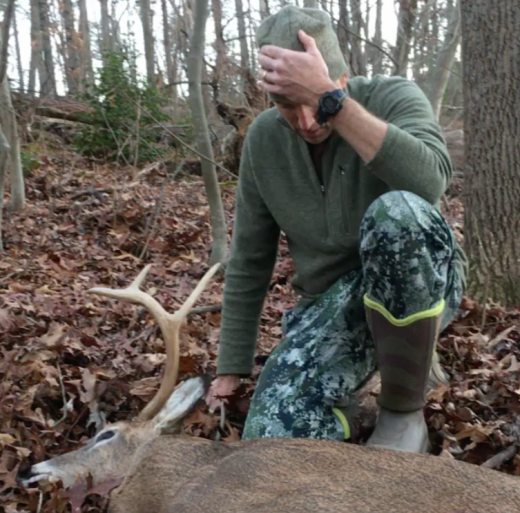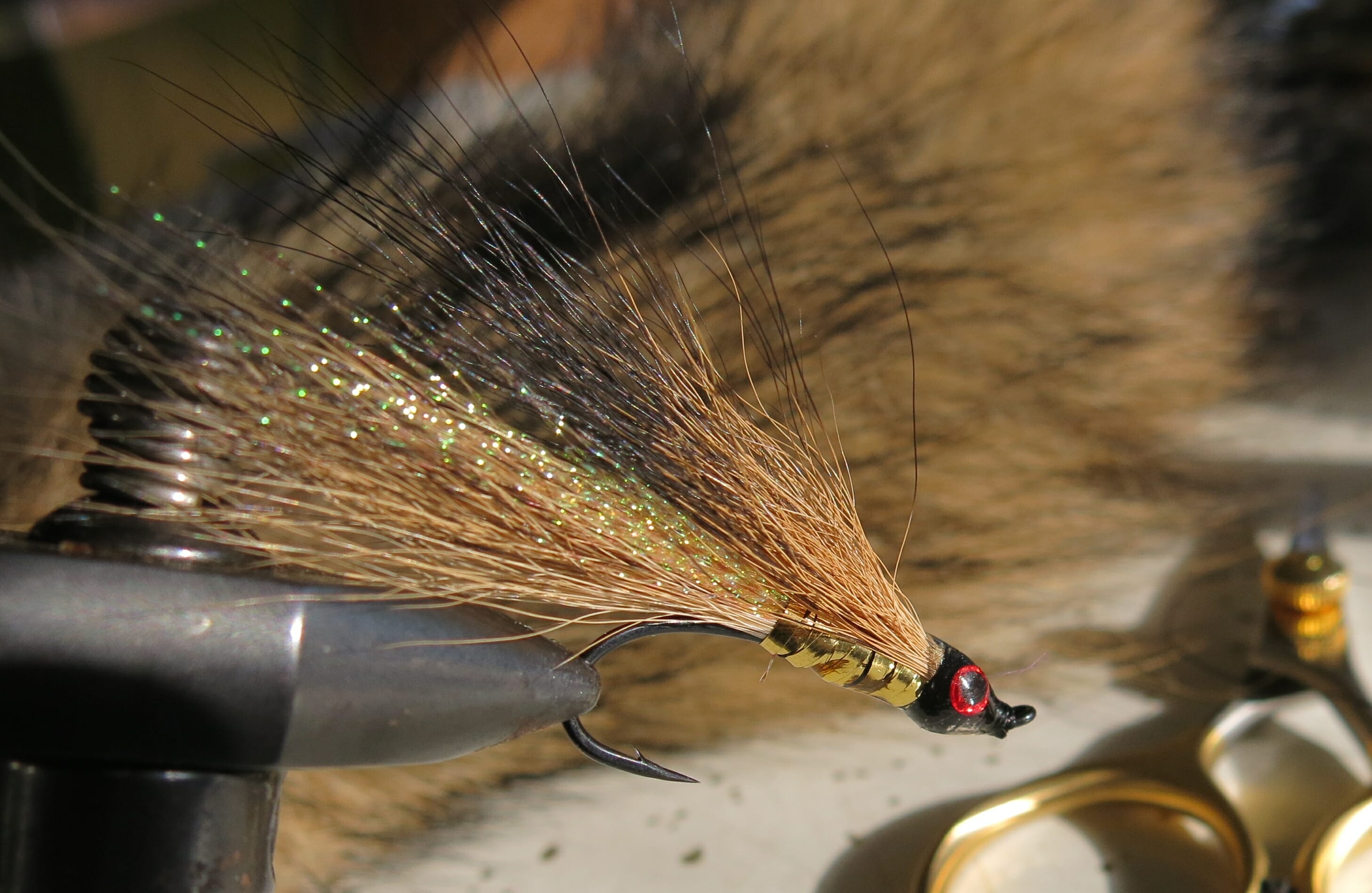Taylor’s Sneaky Coyote.
By Mark Taylor
I’m off in a bit on a quest for fly-tying materials.
Usually this mission involves a short drive down to the local Orvis store or nearby Sportsman’s Warehouse.
But this time of year, it means I’m headed to the woods, bow or gun in hand.
I wouldn’t go so far as saying that collecting fly-tying materials is a primary driver of my hunting passion.
I hunt for fun with friends.
I hunt to find quiet solace while sitting in a treestand, waiting for a deer.
I hunt because I appreciate and like to cook and eat wild game.
The fur, hair and feathers that the hunts sometimes produce are a nice bonus.
Like so many fly anglers, I enjoy tying flies. It saves a little money, sure. But it also helps pass the time during the cold winter months, and I find satisfaction and pride when my personal creations actually work.
That satisfaction is especially rich when some of those materials are the result of my efforts in the woods.
 alt=”” title=”” />
alt=”” title=”” />
This connection with hunting and fly-tying started long ago.
I was a teen-ager when I received my first fly-tying kit, as a gift. I dug in, and quickly learned that pheasant tails were great for fly-tying. We had a few pheasants around in Southern Oregon, but not many.
My family had roots in South Dakota, and my uncle still lived there. He was an avid pheasant hunter.
“Do you think Uncle Jeff would send me a pheasant tail?” I asked my dad.
“Probably,” he answered.
He called his brother.
A week after the South Dakota pheasant opener I got a package. I eagerly opened it and pulled out a beautiful rooster pheasant tail. And another. And another. And another. And another. And, well, you get the idea.
Uncle Jeff had sent me every tail from his hunting party’s opening day haul.
I had enough pheasant tails to tie probably a half-million flies.
And it didn’t stop. Every few days we’d get another batch of tails until my dad finally told Uncle Jeff that he figured I was set for a while.
There aren’t pheasants in Virginia, at least wild ones. But we have wild turkeys, a few grouse, ducks and, of course, plenty of Canada geese.
When I clean birds I try to gather and bag feathers from each. Some of those feathers are well-known ingredients for flies. You know, things like turkey and goose wings feather biots, and turkey tail feathers for stonefly wing cases, hopper wings and the turkey version of the pheasant tail nymph.
In addition to the normal feathers, I usually hold on to different features I think might work for new creations.
Each deer provides a few pieces of hide and, of course, the tail. I haven’t bought a bucktail in, well, a long time.
 alt=”” title=”” />
alt=”” title=”” />
Cottontail rabbits provide masks and ears for nymphs.
Hair from squirrel tails is great for little streamers. I am not a fly-only purist, so I’ll also use squirrel tail hair to dress up hooks used on spinners and plugs.
Occasionally I’ll acquire something out of the ordinary.
A few years ago I was driving through the country when I spotted a fresh, road-killed red fox on the side of the highway. I pulled a U-turn and picked up the victim. Red fox fur can make some killer streamers.
I’m not a predator hunter but know some guys who do go after coyotes. Coyote fur is great dubbing but I really like the tails for streamers, one of which I call the Sneaky Coyote.
It’s really just a drabber version of sparse hair streamers such as the Mickey Finn. It’s not a bad-looking fly and more importantly, smallmouth bass and trout seem to think it looks pretty good, too.
This season hasn’t been particularly productive, which is my way of saying I haven’t gotten a deer or turkey yet. Fortunately I am not hurting for fly-tying materials. I have enough turkey feathers, deer hair, bucktails and coyote tails to tie probably a million flies.
So, things haven’t changed that much in the past 35 years. Except now I’m collecting the material myself, and not receiving it packages from South Dakota.
Mark Taylor is the communications director for Trout Unlimited’s eastern region. He lives and works in Roanoke, Va.



